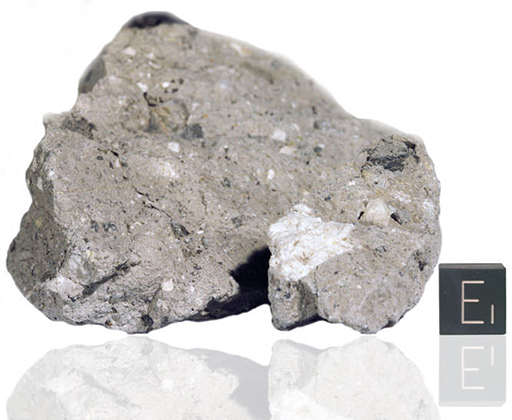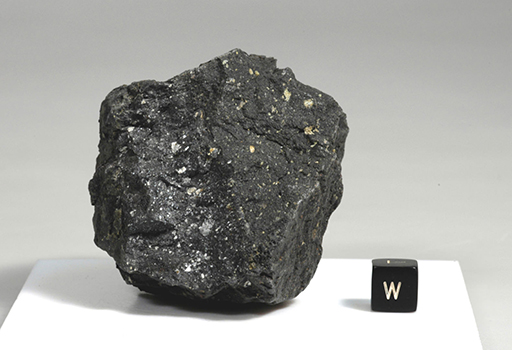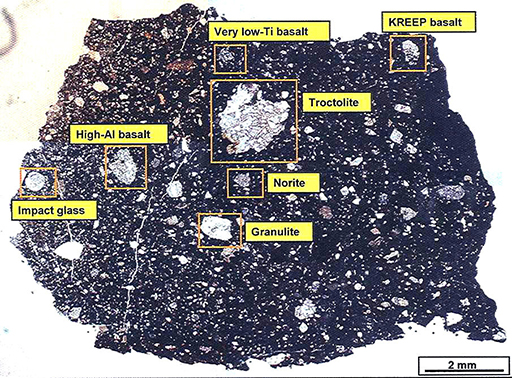3.3 Radiometric dating of complex Moon breccias
In the case of the Moon, there are two major sources of rocks for dating.
Most samples studied by scientists have been returned by the Apollo or Luna missions. The second source is lunar meteorites, samples of the Moon’s surface that were ejected by large impacts, captured by the Earth’s gravity and, having survived passage through the Earth’s atmosphere,ended up on the Earth’s surface. While less abundant, they are very important to our understanding of the Moon’s formation. Indeed, samples collected by space missions consist essentially of surface samples taken from the regolith at the surface of the Moon. By contrast, lunar meteorites have sampled deeper material. In addition, samples returned by missions are taken from locations that are tightly clustered, in places where it was easy to land, which can induce a bias. The high number of impacts made by meteorites means that these samples are far more random and can originate from anywhere on the Moon.
For meteorites and for some returned samples, the sampled area(s) can be larger than just the place from which the sample originated. The numerous impacts have ejected material with sufficient energy to travel up to a few hundred kilometres away from the impact point. Thus, it is possible to find different types of rock from different locations in a single sample. These samples containing different units are called polymict breccias.
Sample 61295 is a typical regolith breccia collected during the Apollo 16 mission to the Moon. The sample was chipped off a large boulder, 2 metres in diameter, on the rim of Plum Crater. The rock is a friable, light-coloured matrix breccia with both light and dark clasts (embedded fragments). The outer surface of the sample is rounded and has many micrometeorite pits. You can find this rock and other lunar breccias on the Virtual Microscope [Tip: hold Ctrl and click a link to open it in a new tab. (Hide tip)] website.

The many clasts in the Yamato 983885 meteorite have been dated and yield ages around 4 billion years, which is older than any whole rock yet found at the Earth’s surface and older than the majority of the lunar mare volcanic eruptions. Thus scientists can determine that the surface of the Moon over 4 billion years ago consisted of some areas of impacted and cratered surface and also some less affected areas that were covered in basalt lava flows similar to the currently exposed lunar maria.


